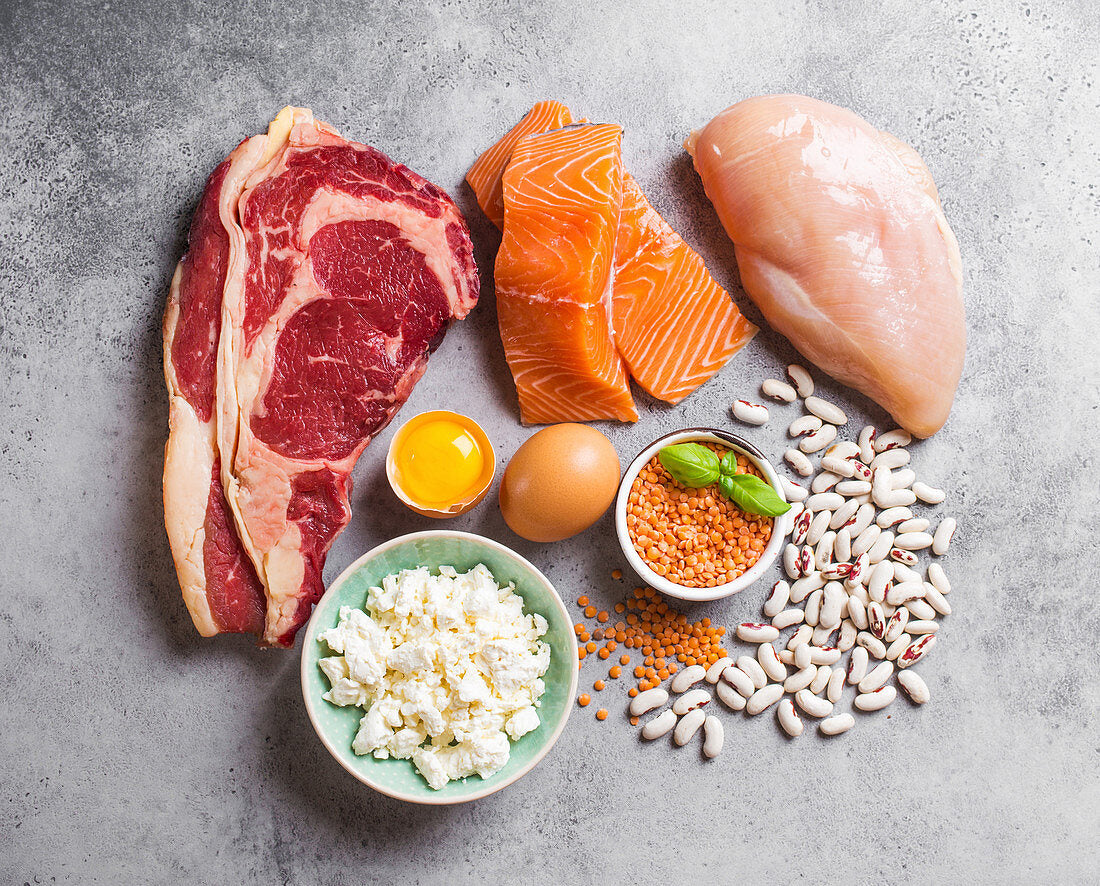
The Role of Protein in Dog Diets: Sources, Quality, and Requirements
Share This Post
Protein is the backbone of a healthy dog diet, powering everything from strong muscles to a shiny coat. But not all proteins are created equal, and understanding what your dog needs can make a big difference in their health. As a transparent resource for pet owners, we’re diving into why protein matters, how to choose the best sources, and how much your dog really needs—no hype, just straightforward facts.
Why Protein Matters
Protein provides amino acids, the building blocks for muscles, organs, skin, and even enzymes that keep your dog’s body humming. It’s especially critical for growth, repair, and energy. Without enough high-quality protein, dogs can develop issues like muscle loss, dull coats, or weakened immunity. The European Pet Food Industry Federation (FEDIAF) sets minimum protein levels for complete diets—18% for adult dogs and 25% for puppies—to ensure these needs are met. But hitting the minimum isn’t always enough; quality and digestibility matter just as much.
Protein Sources: Meat, Plants, and More
Not all protein sources are the same. Here’s a breakdown of the main types found in dog food:
- Animal-Based Proteins: Muscle meats (like chicken, beef, or fish) and organs (like liver) are top-tier sources. They’re highly digestible, meaning your dog absorbs more amino acids. Muscle meats are especially rich in essential nutrients, while organs add variety but are less protein-dense.
- Plant-Based Proteins: Ingredients like pea protein or soy are cheaper and often used to boost protein percentages. However, dogs digest plant proteins less efficiently, and they lack some amino acids critical for canine health.
- By-Products: These include parts like feathers or connective tissue. While safe under FEDIAF standards, they’re less nutritious and harder to digest than whole meats.
Many budget foods lean on plant proteins or by-products to cut costs, which can leave your dog short on usable protein. Check the ingredient list—named meats should lead, not peas or “poultry by-product meal.” High-quality foods prioritize animal proteins for maximum benefit.
Protein Quality: Beyond the Percentage
The protein percentage on a label (e.g., 20%) is just a starting point. To understand true protein content, look at the dry matter basis (DMB)—the protein level after removing moisture. Wet foods with 8% crude protein might hit 40% DMB, while kibble at 20% might be 22% DMB. Quality foods often deliver 30-50% DMB protein from meats, compared to 20-25% in filler-heavy options.
Quality also depends on digestibility. Muscle meats score 90%+ on digestibility, while plant proteins or low-grade by-products can dip below 70%, meaning less reaches your dog’s system. FEDIAF requires proteins to be safe and bioavailable, but premium foods go further, using whole meats to ensure your dog thrives.
How Much Protein Does Your Dog Need?
Protein needs vary by life stage, activity, and health:
- Puppies: Need 25% crude protein (FEDIAF minimum) to support rapid growth. Higher-quality sources aid development.
- Adult Dogs: 18% minimum, but active dogs (e.g., working breeds) may benefit from 25-30% to fuel energy and muscle maintenance.
- Seniors: Often need slightly less but higher-quality protein to preserve muscle mass and support aging organs.
- Pregnant/Nursing Dogs: Require up to 30% to support fetal growth and milk production.
Too little protein can lead to lethargy or poor coat health, while excess (rare in balanced diets) is usually excreted. Your vet can tailor needs based on your dog’s size, breed, and lifestyle.
Practical Tips for Choosing Protein-Rich Foods
- Read Labels: Look for named meats (e.g., “chicken,” not “poultry”) as the top ingredients. Avoid foods where plants or by-products dominate.
- Check DMB: Ask the manufacturer for DMB protein or estimate it (divide crude protein by dry matter percentage). Aim for 30%+ for active dogs.
- Balance Quality and Quantity: A 20% protein food with whole meats can outperform a 25% food with fillers.
- Watch for Allergies: If your dog has sensitivities (e.g., to chicken), try novel proteins like duck or venison, but ensure they meet FEDIAF standards.
- Consult Your Vet: For health conditions like kidney disease, protein adjustments may be needed.
Common Myths Debunked
- Myth: More protein is always better. Fact: Excess protein doesn’t harm healthy dogs but isn’t necessary. Balance is key.
- Myth: Plant proteins are just as good. Fact: They’re less complete for dogs, who evolved as carnivores.
- Myth: High protein causes kidney issues. Fact: Only dogs with pre-existing kidney problems need restricted protein, per vet guidance.
The Bottom Line
Protein isn’t just a number—it’s about giving your dog the right fuel to live their best life. By choosing foods rich in high-quality, animal-based proteins and meeting FEDIAF standards, you’re setting your pup up for strength, energy, and a wagging tail. Scan those labels, talk to your vet, and pick a food that matches your dog’s unique needs. We’re here to help you make choices that keep your furry friend thriving, no strings attached.
